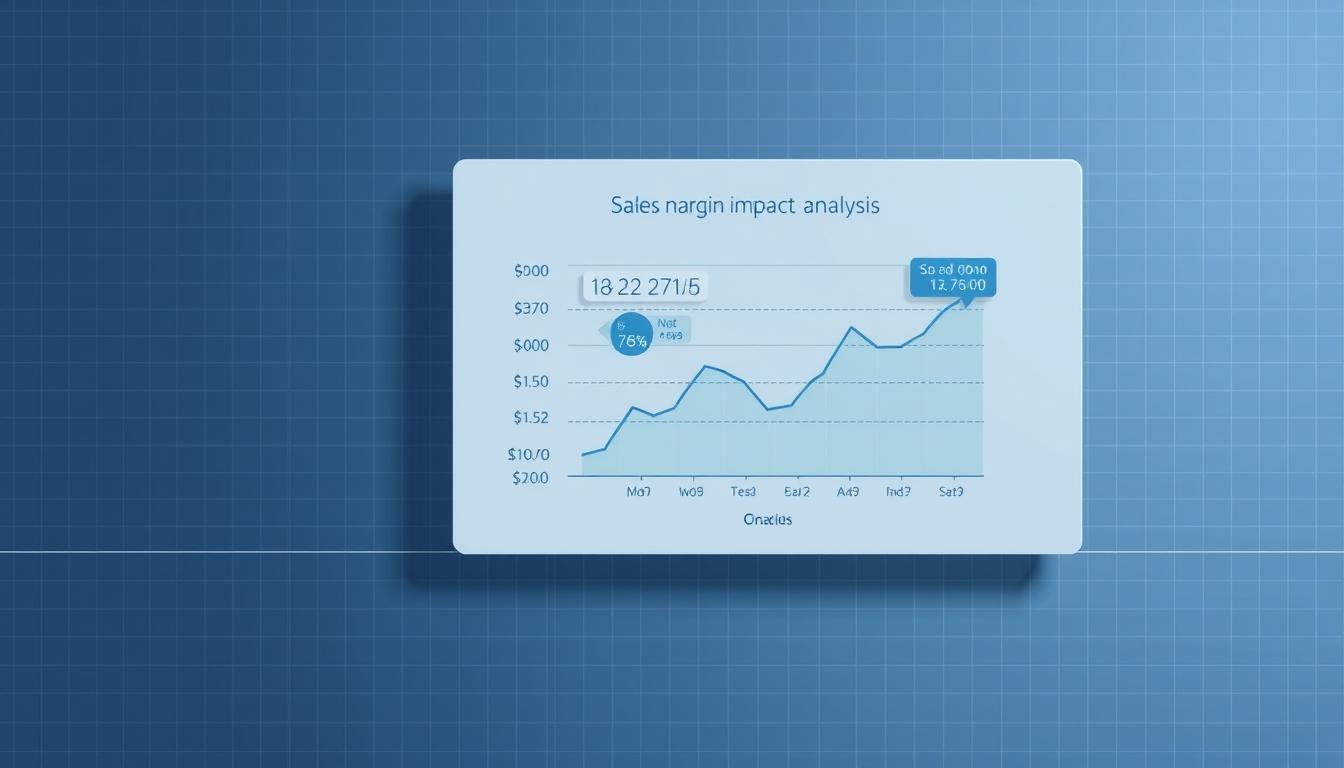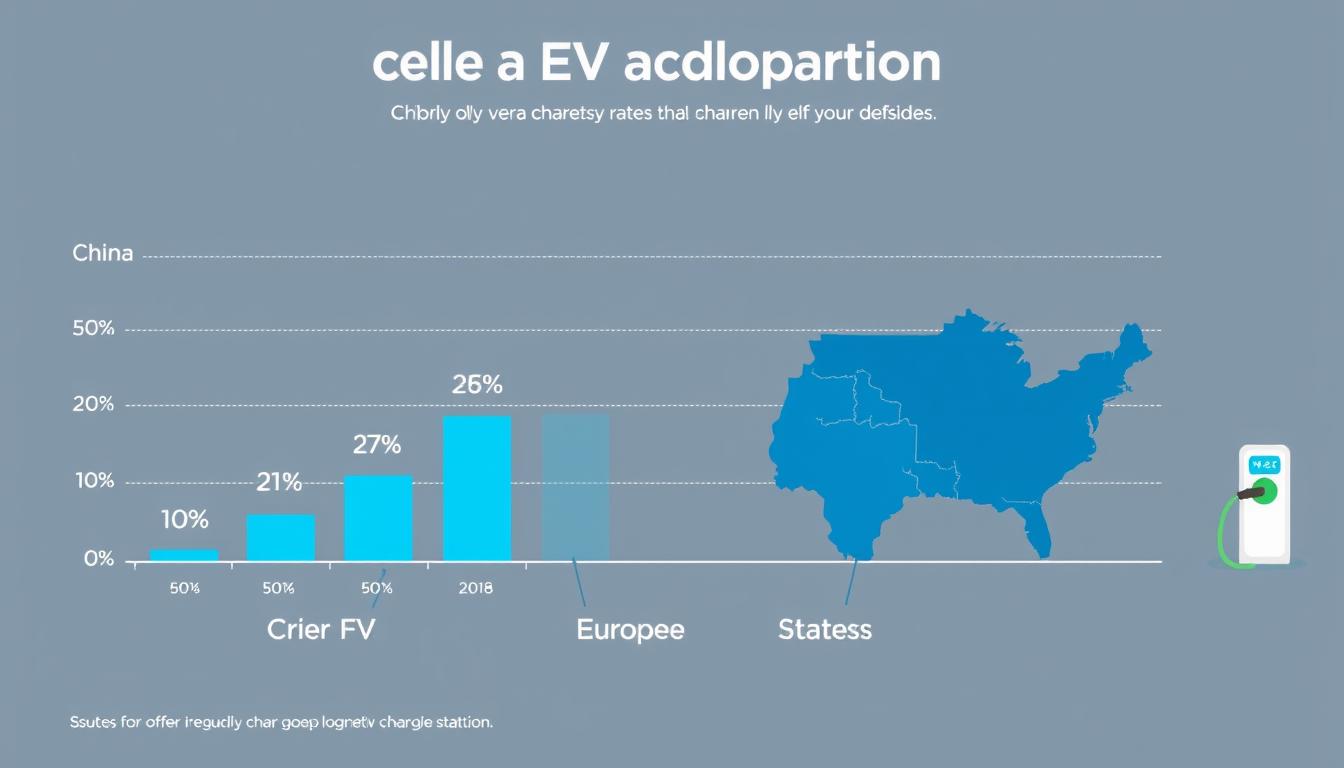Recent financial turbulence has raised urgent questions about the stability of major players in the healthcare sector. A Q1 2025 earnings report reveals a projected €300 million loss for one European innovator, tied to escalating tariffs and supply chain disruptions. This setback triggered a 16% plunge in stock value, signaling investor skepticism about short-term recovery.
The ripple effects extend beyond balance sheets. Delays in diagnostic equipment production and treatment solutions could strain hospitals and patients worldwide. Analysts warn that localization strategies in China, Europe, and the Americas may not offset immediate revenue declines, despite long-term market positioning goals.
Historically celebrated for breakthroughs in medical imaging and connected care systems, this firm now confronts dual pressures: adapting to trade policy shifts while maintaining R&D leadership. Its revised sales forecasts reflect both geopolitical tensions and aggressive moves toward regional manufacturing hubs.
Key Takeaways
- Tariff-related losses could reach €300 million, straining profit margins
- Stock value dropped 16% following revised growth projections
- Patient care infrastructure faces potential delays in critical tech deployments
- Localized production aims to counter global trade uncertainties
- Analysis focuses on operational strategy, excluding financial product promotions
Overview of Philips Healthcare’s Current Landscape
Current market dynamics present new hurdles for global medical innovators. A 2% year-over-year revenue decline reflects tightening hospital budgets and delayed equipment upgrades, which have become increasingly prevalent as healthcare institutions strive to optimize their spending amid economic uncertainty.
The pressure to allocate limited resources effectively has forced many hospitals to postpone essential technological advancements, directly impacting patient care and operational efficiency.
China’s market—once a growth engine—reported double-digit sales drops, compounding pressures from shifting regulatory environments, which have introduced new compliance challenges that further complicate the landscape for medical technology providers. This combination of factors not only threatens the profitability of existing product lines but also stifles innovation as companies navigate these turbulent waters.
Market Shifts and Emerging Headwinds
Consumer demand increasingly favors portable diagnostic tools over traditional imaging systems. This pivot strains legacy product lines while requiring accelerated R&D investments. As healthcare providers seek more efficient and flexible solutions to meet patient needs, the shift towards these innovative tools has become more pronounced.
Consequently, companies are compelled to reallocate resources to develop and refine portable technologies, which can lead to significant disruptions in their existing product offerings.
Supply chain bottlenecks further disrupt production timelines, creating backlogs in critical care technologies. These delays not only hinder the timely delivery of essential equipment but also exacerbate the challenges faced by healthcare facilities that rely on these advancements to improve patient outcomes.
Global Trade and Economic Pressures
Tariff escalations between major economies have reshaped competitive dynamics. Regional manufacturing strategies aim to counter import costs but face execution delays. Recent earnings data highlights:
| Region | Economic Pressure | Impact |
|---|---|---|
| China | 12% sales decline | Inventory surplus |
| Europe | Energy price spikes | Production cost +8% |
| Americas | Hospital spending -3% | Delayed equipment orders |
Analysts emphasize data-driven insights to navigate these crosscurrents. Partnerships with tech firms aim to enhance predictive maintenance solutions, though ROI timelines remain uncertain. The industry’s focus now centers on balancing innovation with operational resilience.
Navigating Tariff Pressures and Trade Tensions
Global trade disputes are reshaping operational strategies across the healthcare technology sector. A recent earnings disclosure reveals tariff-related expenses could slash €300 million from profits this year—equivalent to 4% of 2024’s net income. This financial strain coincides with renewed US-China trade restrictions and inflationary pressures.
Tariff Tsunami: Cost Implications and Forecast
Management teams describe escalating import fees as a “tariff tsunami,” with projected margins shrinking by one percentage point. CFO statements highlight how 40% of component costs now face additional levies, forcing rapid supply chain redesigns. “We’re operating in the most complex trade environment this decade,” the CEO noted in Q1 remarks.
The €300 million forecasted loss stems mainly from trans-Pacific shipments and EU regulatory changes. Analysts predict these headwinds could linger through 2026, testing the organization’s ability to fund critical R&D projects.
Local for Local Strategy and Global Response
To counter cross-border expenses, regional manufacturing hubs now produce 60% of equipment for nearby markets—up from 45% last year. This pivot reduces reliance on Chinese exports while addressing geopolitical risks.
Industry peers face similar challenges. Three major competitors recently announced plant expansions in Mexico and Southeast Asia. However, localized production requires upfront investments exceeding €200 million annually, delaying short-term growth targets.
Trade tensions continue influencing strategic decisions company-wide. While management remains committed to technology development, external pressures complicate timelines for new product launches and market expansions.
Philips Healthcare the Dutch company faces medical and tech market challenges
Escalating trade barriers and regulatory actions are disrupting revenue streams across critical business units. A revised sales forecast now projects annual growth between 0.5% and 1.5%—down sharply from earlier 3-5% targets. This adjustment reflects €180 million in tariff-related expenses and a U.S. ban on respiratory devices that erased 2% of medical division revenue.

Margin Compression Across Key Divisions
Diagnosis and treatment equipment margins fell 1.2% year-over-year as import costs surged. Management reports “unprecedented pressure” from component tariffs affecting 40% of imaging system parts. Supply chain redesigns added €50 million in unexpected logistics costs last quarter.
| Division | Sales Change | Margin Impact |
|---|---|---|
| Diagnosis Systems | -4.1% | -1.2% |
| Treatment Devices | -3.8% | -0.9% |
| Connected Care | +1.3% | +0.4% |
Investors reacted swiftly to these developments, triggering a 16% single-day stock decline—the steepest drop in five years. Analysts attribute this to eroding confidence in near-term recovery plans.
The U.S. sales ban on respiratory products compounded these challenges, removing $120 million from projected 2025 revenue. Regulatory hurdles now delay new product launches by six to nine months in key markets.
Strategic Divestments and Corporate Restructuring
Corporate restructuring has long been central to maintaining competitive advantage in evolving industries. This strategic approach allows companies to adapt to market changes and consumer demands effectively. The company’s track record of spinning off divisions demonstrates how calculated separations can unlock hidden value while sharpening strategic focus.
By divesting non-core assets, organizations can concentrate resources on their most promising areas, fostering innovation and agility. Such moves not only streamline operations but also enable a clearer vision for future growth. This focus is crucial in a landscape where technological advancements and competitive pressures are ever-increasing.

Legacy of Spin-offs and Historical Success
Past spin-offs created global leaders across tech sectors. ASML and NXP Semiconductors—originally part of the business—now hold combined valuations exceeding €450 billion. This success highlights management’s ability to identify high-potential innovations within broader portfolios.
| Spin-off | Current Value | Market Position |
|---|---|---|
| ASML | €320B | Semiconductor Equipment Leader |
| NXP | €130B | Automotive Chip Pioneer |
“Divestments allow resources to flow toward tomorrow’s breakthroughs,” noted a former executive in recent news analysis. These moves historically freed capital for emerging growth areas while letting spun-off entities thrive independently.
Implications for the Medical Division
Current debates question whether similar strategies could revitalize healthcare operations. While past spin-offs delivered value, today’s medical division faces different challenges—regulatory hurdles and compressed margins require nuanced solutions.
Recent restructuring efforts emphasize intellectual property development over physical assets. Fundamental research investments increased 12% last year, signaling a shift toward high-value innovations. This approach mirrors successful patterns from earlier corporate transformations.
Challenges Facing Philips Medical Division
Regulatory hurdles and shifting market dynamics are testing resilience in the medical technology sector. The division faces complex challenges as operational strategies collide with new compliance requirements and competitive pressures.

US Sales Ban and Regulatory Setbacks
A binding FDA agreement halted respiratory device sales in America, erasing $120 million from projected revenue. This restriction triggered a 14% quarterly sales drop in treatment divisions, according to recent reports. Profit margins fell 1.8% as recall costs and compliance upgrades strained resources.
“Regulatory alignment now drives operational priorities more than market expansion,” stated a management report reviewing Q2 results.
Competitive Landscape and Industry Comparisons
While peers navigate similar headwinds, performance gaps are widening. GE Healthcare reported 3.2% sales growth in diagnosis equipment last quarter, contrasting sharply with declines in competing divisions:
| Company | Device Category | Sales Growth |
|---|---|---|
| Philips | Respiratory Care | -18.4% |
| GE Healthcare | Imaging Systems | +5.1% |
| Medtronic | Surgical Tools | +2.7% |
Hospital partnerships have slowed as clients prioritize vendors with fewer regulatory constraints. The FDA agreement forced accelerated quality control investments, diverting funds from next-gen care technology development. These pressures compound existing challenges in maintaining market share against nimbler competitors.
Innovation and Research in Health Technology
Technological advancement now drives strategic priorities across the medical sector. Organizations doubling down on research initiatives aim to redefine care delivery through smarter devices and predictive systems. This shift marks a critical evolution in addressing modern healthcare demands.
As healthcare becomes increasingly complex, the integration of advanced technologies is not merely beneficial but essential for improving patient outcomes. Companies are investing in innovative solutions that leverage data analytics, machine learning, and real-time monitoring to enhance the efficiency and effectiveness of care.
These advancements not only streamline processes but also empower healthcare providers to make more informed decisions, ultimately leading to better patient management and resource allocation.
Breakthroughs Through Targeted Investment
The company increased fundamental research spending by 15% last year, focusing on high-impact areas like AI-driven diagnosis tools. Its Eisenherz project recently achieved a milestone: 30% faster image processing in MRI systems through quantum-inspired algorithms. This breakthrough could reduce patient scan times while maintaining diagnostic accuracy.
Collaborations with academic institutions yield novel IP licensing opportunities. Management reports 28 active partnerships exploring next-gen care technologies, including:
| Initiative | Focus Area | Potential Impact |
|---|---|---|
| Eisenherz AI | Diagnostic Imaging | 45% faster analysis |
| BioSensor Pro | Remote Monitoring | Real-time data capture |
| NeuroTrack | Brain Mapping | Precision treatment plans |
Philips Research Laboratories now leads 40% of development projects, emphasizing patentable solutions. This approach mirrors successful IP strategies from audio tech leaders, where licensing generates recurring revenue streams. One executive noted: “Our labs incubate technologies that could spawn entire startups within five years.”
These efforts position the organization as a healthcare innovation leader despite market pressures. With 62 new patents filed in Q1 2025, research output exceeds pre-pandemic levels. The roadmap prioritizes scalable technologies that address both immediate care needs and long-term system challenges.
The Road Ahead: Market Uncertainty and Strategic Pivot
Strategic evolution defines the next phase for global health innovators navigating turbulent markets. Forward-looking statements reveal a three-pronged approach: doubling down on core research, which involves intensifying investment in groundbreaking studies that can lead to transformative healthcare solutions; accelerating regional manufacturing, a strategy aimed at enhancing local production capabilities to meet rising demand and reduce supply chain vulnerabilities; and restructuring underperforming units, which focuses on optimizing operations and reallocating resources to ensure that every segment of the organization contributes effectively to overall goals. These moves aim to stabilize operations while positioning for post-crisis leadership.
Long-Term Growth Prospects and Adaptation Strategies
A 15% boost in R&D funding targets high-margin areas like AI-enhanced diagnosis tools and portable treatment systems. This aligns with CEO remarks emphasizing “innovation as our lifeline through economic storms.” Recent patent filings surged 22% year-over-year, focusing on care technologies with cross-market applicability.
Localization efforts now cover 70% of production needs across key regions, up from 55% in 2023. This shift reduces tariff exposure while improving delivery times. Operational restructuring has already trimmed €80 million in annual logistics costs through warehouse consolidations.
| Strategic Pillar | Initiative | 2026 Target |
|---|---|---|
| Technology Development | 15+ AI patents filed | €500M licensing revenue |
| Regional Manufacturing | 5 new hubs operational | 85% local sourcing |
| Cost Management | Supply chain automation | 12% overhead reduction |
Lessons from past divestments inform current decisions, particularly in prioritizing IP development over physical assets. The roadmap balances immediate crisis response with investments in next-gen imaging and remote care solutions. While market volatility persists, these adaptations could transform challenges into springboards for sector leadership.
Conclusion
Navigating complex global headwinds requires balancing immediate pressures with long-term vision. Recent tariff impacts exceeding €300 million and revised sales targets below 2% growth underscore operational vulnerabilities. Historical portfolio transformations through spin-offs like ASML demonstrate proven strategic crossroads management, though current challenges demand fresh approaches.
Accelerated technology development emerges as a critical lever, with R&D investments up 15% amid margin pressures. Regional manufacturing hubs now address trade uncertainties, yet treatment divisions face lingering setbacks from regulatory agreements. Competitive positioning hinges on translating patent pipelines into scalable solutions for hospitals and care providers.
Market volatility persists as geopolitical tensions reshape supply chains and client priorities. While past divestments created industry leaders, today’s strategic crossroads require balancing innovation with cost discipline. Analysts emphasize data-driven insight to navigate these dual imperatives.
This analysis presents objective information on operational realities, avoiding speculative financial instruments. Future success will likely hinge on executing adaptive strategies while maintaining leadership in diagnostic imaging and connected care technology.
FAQ
▶
▶
▶
▶
▶
▶
▶














